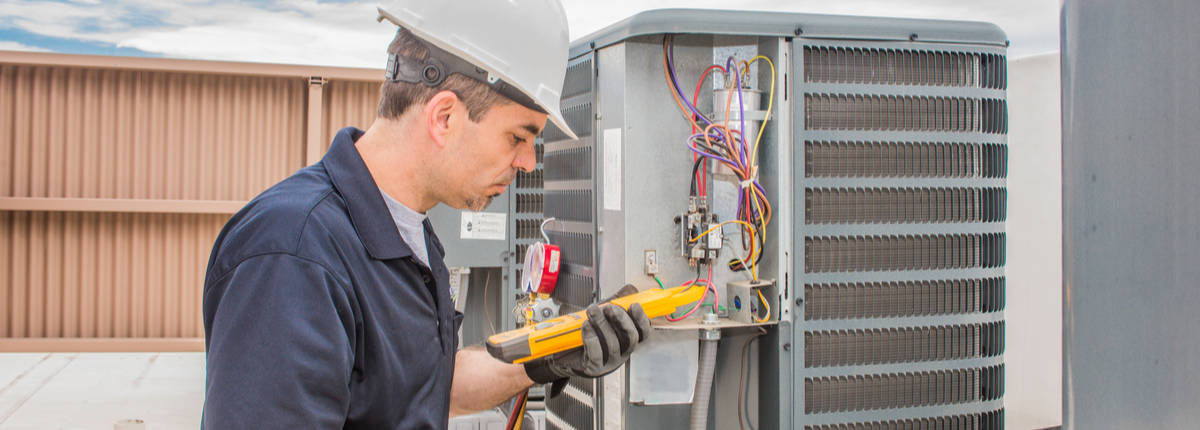Industry Overview
Technicians and trade workers perform a variety of skilled tasks, applying broad or in-depth technical, trade or industry specific knowledge, often in support of scientific, engineering, building and manufacturing activities. (Source: ABS)
Overall, the employment level for Air-conditioning and Refrigeration Mechanics increased between 2000 and 2020, with a further increase projected until 2024. A large proportion of Air-conditioning and Refrigeration Mechanics are employed in the Construction Services, and Repairs and Maintenance industries (approximately 37% and 35% respectively) (National Industry Insights, 2020).
Insights
Average weekly earnings: $1,400 per week
Mode of work: Most work full-time (89%)
Hours per week: full-time workers spend around 44 hours/ week at work.
Age: the average age is 33 years. Many workers are under 25 years.
Gender: 1% workers are female
(Source: Joboutlook.gov.au)
Qualification Needed
Workers usually need a certificate II or IV in refrigeration and air-conditioning to work as an Airconditioning and Refrigeration Mechanic. These courses are often completed as part of an apprenticeship.
Course Overview
Studies in air conditioning and refrigeration will teach you how to fix and secure electrotechnology equipment, fabricate, assemble and dismantle components, install air conditioning and refrigeration systems and much more.
Course Requirements
Most institutions require completion of Australian Year 11 or 12 (or equivalent), as well as a minimum IELTS score of 5.5 with no band score less than 5.
Costs
A 2-year packaged technical course costs between $20,000 and $25,000 per year, depending on the institution.




Tasmania – Health and Allied Health Occupations List (TSE Pathway)
Tasmania – TSE Priority Occupation List (2025-26)
Changes to English Language Tests for Visa Applicants from 7 August 2025
Immigration updates (Skilled, Employer and family visas) June 2025
How can a NZ Registered Midwife work in Australia?